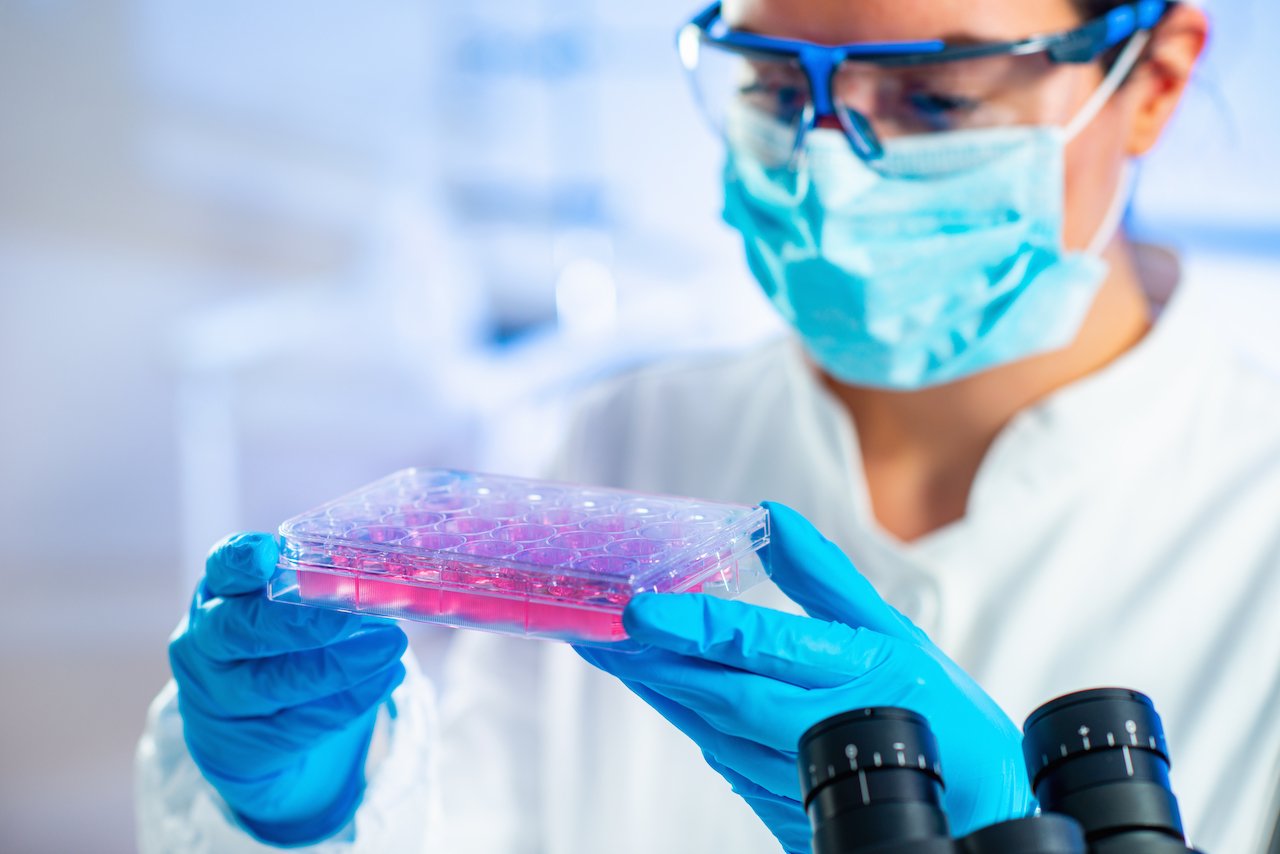
Understanding Exosomes
Effect of Exosomes in conjunction with Stem Cell Therapy
In the regenerative medicine field, Stem Cell Therapy is considered an extremely promising treatment for the healing of human tissues damaged by trauma or diseases. However, in the last decade, the use of exosomes has shown more optimistic results when it comes to the good prognosis of different diseases. The combining of exosomes with stem cell therapy provides the most therapeutic benefits for treating diseases.
There are different types of exosomal products, including proteins, genetic products, and miRNAs. These all get released from the exosomes in a typical paracrine fashion to combat the stress from the local response of cells. Thanks to these properties, there are various benefits patients can get from the exosomes (stem-cell-derived). Recently, the Exosomes and Stem Cell Therapy combination has become a critical component in wound healing in order to produce significantly enhanced results.
What are Exosomes?
Exosomes are membrane-bounded extracellular vesicles (EVs) originating from the endocytic system. According to the International Society for Extracellular Vesicles (ISEV), EVs are divided into three main categories; apoptotic bodies, microvesicles, and exosomes. Among these categories, exosomes belong to the smallest group of vesicles with sizes ranging from 40-150 nm.
Exosomes are the plasma membrane fusion with multivesicular bodies (MVBs), which are the intracellular compartments produced via the endosomal membrane invagination. Structurally, the composition of Exosomes is made up of cytosolic contents and phospholipid bilayer, which represent the donor cells. The lipid bilayer of Exosomes is responsible for durability, stability, production of exosomes in budding, and exosome fusion due to the increased flexibility of its conical shape.
Exosomes used in the treatment of diseases in conjunction with Stem Cells
Exosomes have been in the spotlight for the last decade. These membrane-bound EVs play a vital role in carrying:
Proteins
Lipid molecules
Nucleic acids
Neighboring cells can selectively take up the exosomes and reprogram their recipient cells.
The properties that make exosomes biologically significant vesicles are their:
Regulated formation or makeup
Specific cargo composition for carrying molecules
Specificity for cell targeting
Non-invasive diagnostic biomarkers
Therapeutic micro-carriers for different compounds
Exosomes are extracted and sterilized from the Mesenchymal Stem Cells (MSCs). These vesicles contain micro-RNA, m-RNA, proteins, and cytokines that are administered inside the body through an IV route.
The combination of Exosomes and Stem Cell Therapy:
Stem Cell Therapy has proven to be a successful treatment for the regeneration of cells, but combining exosomes can enhance its efficacy even more. Exosomes can be up to 3x more concentrated with growth factors that proliferate cell production compared to adult Stem Cells.
In many diseases, and especially in autoimmune diseases, the body forgets to keep the inter and intracellular communication intact. Stem Cell Therapy helps by redirecting the body’s pathways and cell mechanisms, but there are a few external factors that limit its efficiency.
Using Exosome Therapy can help support the gaps in Stem Cell Therapy by:
Enhancing cell-to-cell communication
Providing additional and more advanced information from the immature or younger cells
Providing maximum efficacy because they can cross the blood-brain barrier with ease.
EVs are easy to administer in the body, anti-inflammatory, and anti-fibrotic. An increase in cell-to-cell communication helps with improved healing and structured or programmed cell growth in the body. That is why researchers suggest combining Exosomes with Stem Cell Therapy to improve quality of life.

